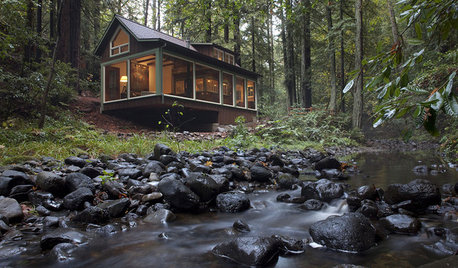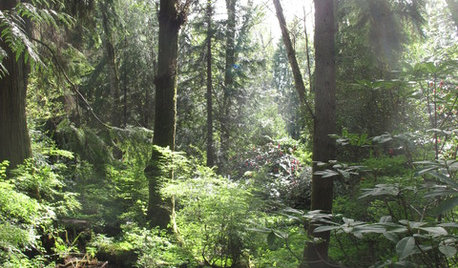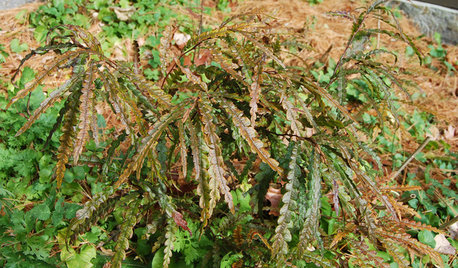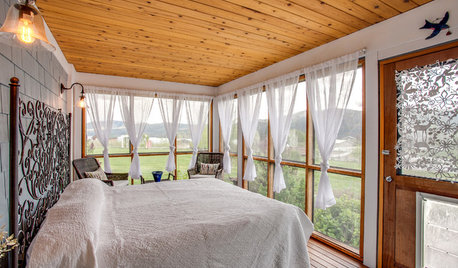Help with a woodland in NE PA
cathybru
15 years ago
Related Stories

HOUZZ TOURSHouzz Tour: A Creekside Cabin Opens to the Views
With a modern addition featuring expansive windows, a rustic 1930s cabin opens its arms wider to its Northern California woodland setting
Full Story
GARDENING GUIDESHow to Keep Your Citrus Trees Well Fed and Healthy
Ripe for some citrus fertilizer know-how? This mini guide will help your lemon, orange and grapefruit trees flourish
Full Story
GARDENING AND LANDSCAPINGGarden Lessons from a Grand Northwest Reserve
Borrow classic landscape ideas from this Washington state treasure, a series of gardens as thoughtfully planned as they are spacious
Full Story
GARDENING GUIDESGreat Design Plant: Comptonia Peregrina
Though not a fern, sweet fern sure smells sweet and thrives in tough spots where many shrubs and ferns cannot
Full Story
GARDENING GUIDESHow to Find the Right Native Plants for Your Yard
Find plant maps, sale sites and guides that make going native in the garden easier than ever
Full Story
INSPIRING GARDENSWhat We Can Learn From Longwood Gardens’ New Meadow
Sustainability, ecology, native plant communities ... this public garden is brimming with lessons on horticulture for home gardeners
Full Story
SAVING WATERHouzz Call: Are You Letting Go of Your Lawn?
Many facing a drought are swapping turf for less thirsty plantings. If you’re one of them, we’d like to hear about it
Full Story
GARDENING GUIDESAttract Hummingbirds and Bees With These Beautiful Summer Flowers
Roll out a welcome mat for pollinators to keep your landscape in balance and thriving
Full Story
BASEMENTSDesign Workshop: Is It Time to Let Basements Become Extinct?
Costly and often unnecessary, basements may become obsolete — if they aren’t already. Here are responses to every reason to keep them around
Full Story
GARDENING AND LANDSCAPING11 Ways to Make Your Sleeping Porch Even Better
Turn off that air conditioner and tune in to the delights of slumbering in the nighttime breeze
Full StoryMore Discussions



bob64
mbuckmaster
Related Professionals
Franconia Landscape Architects & Landscape Designers · Buford Landscape Contractors · Damascus Landscape Contractors · Del Aire Landscape Contractors · Desert Hot Springs Landscape Contractors · East Patchogue Landscape Contractors · Kailua Landscape Contractors · Merced Landscape Contractors · Seminole Landscape Contractors · Welby Landscape Contractors · Winchester Landscape Contractors · Antioch Fence Contractors · Inwood Siding & Exteriors · Woodbridge Siding & Exteriors · Brookfield Siding & ExteriorsIris GW
ladyslppr
cathybruOriginal Author
bob64
freedee
bob64
leslies
Iris GW
bob64
mbuckmaster
cynandjon
bob64
phacops
bob64
Frizzle